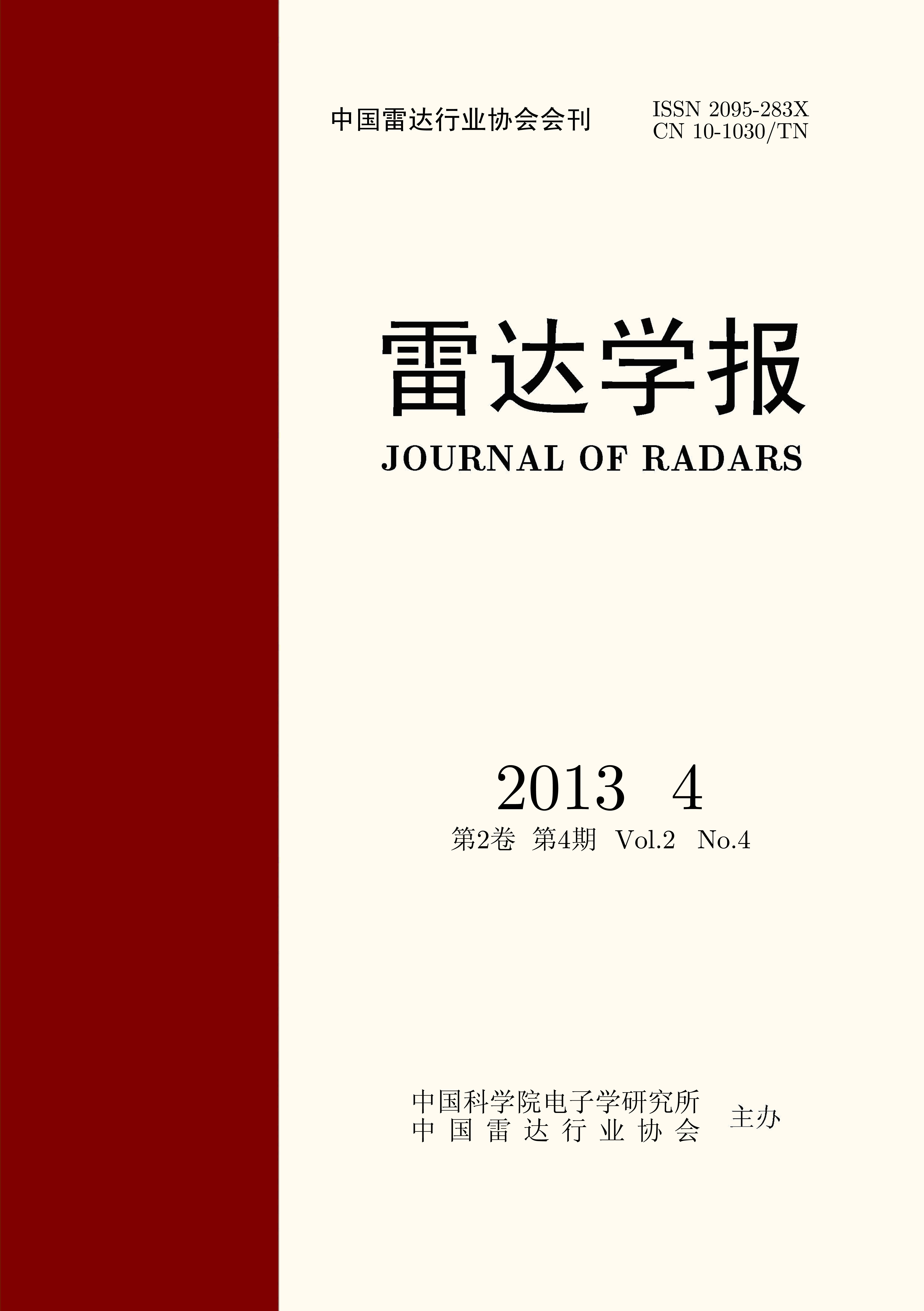Global Navigation Satellite System (GNSS), has a significant impact on all areas of human activity, not only can provide users with shared global navigation, position and timing information, but also can provide a L-band microwave signal source of long term stability and high temporal-spatial resolution. In recent years, development of the navigation satellite remote sensing applications using GNSS as a external illuminator, it has been forming a new Global Navigation Satellite System METeorology (GNSS/MET), of which Global Navigation Satellite System-Reflection (GNSS-R) signals remote sensing technology is rising. It could be considered as a non-cooperative artificial illuminator, bistatic (multi-static) radar system, and has the advantages of both passive and active remote sensing. Then it gets more and more peoples attention and favor, and broadening into Atmosphere -ocean and land surface remote sensing fields. However, the address of this technology is very messy at home and abroad, and not able to accurately express its special meaning. This article attempts to give a new term: Exogenous-Aided Remote Sensing (EARS) for discussion.




 Submit Manuscript
Submit Manuscript Peer Review
Peer Review Editor Work
Editor Work




 DownLoad:
DownLoad: